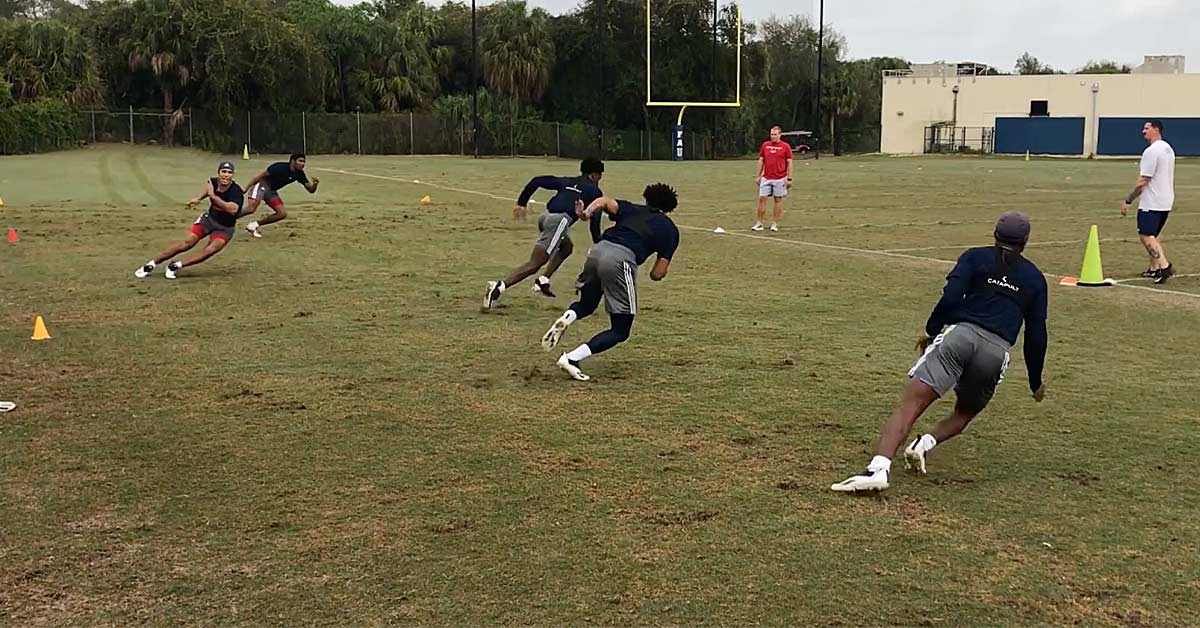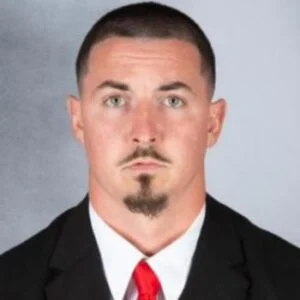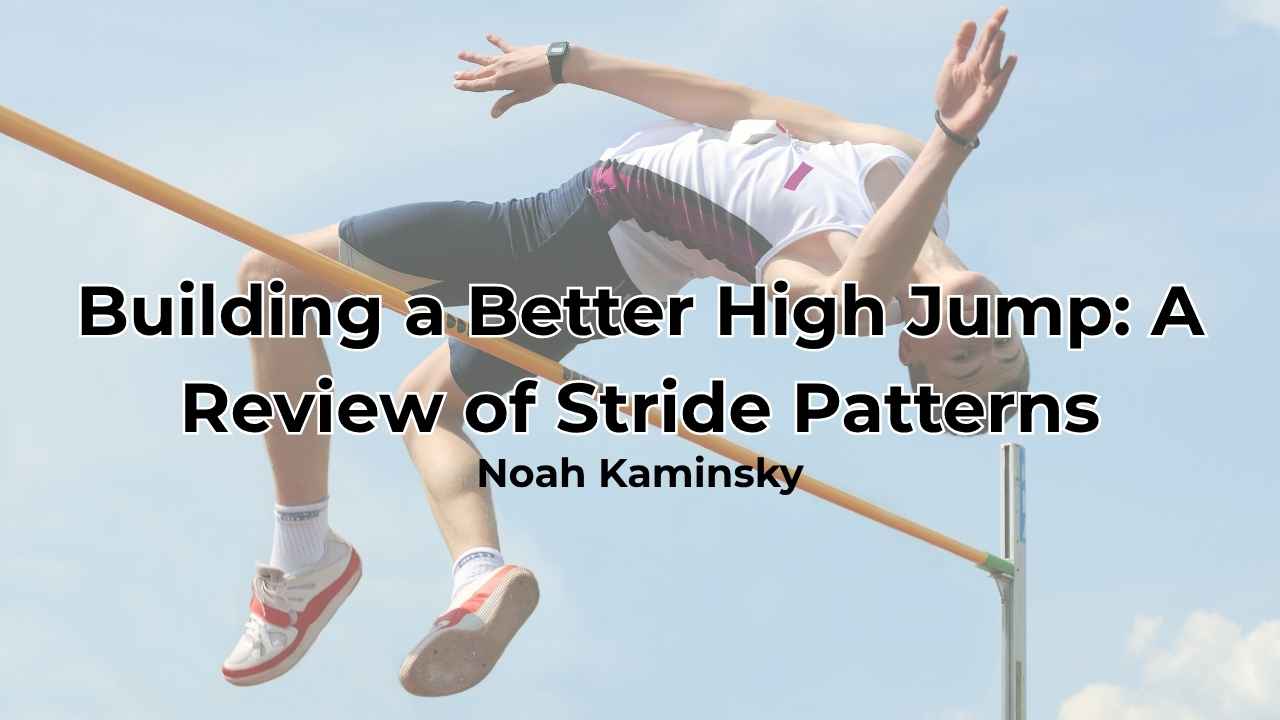Football is played five months out of the year, which leads to a huge chunk of time spent working on general abilities in the off-season. I’ve seen a surge in the popularity and research of skill development and pedagogy, which has led to the emergence of more comprehensive training timelines that bridge general and specific. This culminates in the notion that strength and conditioning works remotely from sport training for half the year—in training environments where movement and reaction sequences similar to game play are absent. It hinders the athlete’s growth and lessens the transfer of newfound abilities into game play.
Developing skills takes reps and time. Skills need to be progressed, and athletes need to be allowed to self-discover and fail before increasing the accuracy of skill execution. Small-sided games provide the appropriate space and environment to develop desirable skills that reduce game-play-induced, non-contact injuries.
Small-sided games provide the appropriate space and environment to develop desirable skills that reduce game-play-induced, non-contact injuries, says @CoachJoeyG. Share on XSkills enable the exhibition of athletic traits such as speed, power, and strength in play. You don’t win games by having the strongest team; you win by having the most skilled team. Players will have to abandon the ladder or four-cone box drill, and the S&C coach has to ask whether they are ready for the completely reactive environment associated with field sports.
In this four-part series on small-sided games and how to properly prepare players for both the physiological and mechanical demands, we are now at the portion where I discuss the creation and progression of drills. In the last article, we mailboxed our players into four categories based on GPS data and movement signatures associated with each group. We utilized an analogy system of four subgroups:
- Tanks/Bigs – Interior Defensive Line/Offensive Line
- Pickup Trucks/Big Mids – Tight Ends/Outside Linebackers/Defensive Ends
- Hellcats/Speed Mids – Running Backs/Boundary Safety/Quarterback/Inside Backer
- Motor Bikes/Skill – Defensive Backs/Wide Receivers
Using that information allows us to build a progressive model that closes the gap between general and specific training as it pertains to developing particular qualities that will reduce exposure to non-contact injuries. This prescription of specific preparation will benefit the players, as it prepares them for the games and practices in-season, which should be one of the goals of off-season training. The theoretical model should reduce non-contact injuries and build skills that help players cope with the chaotic environment of play with more speed and movement accuracy.
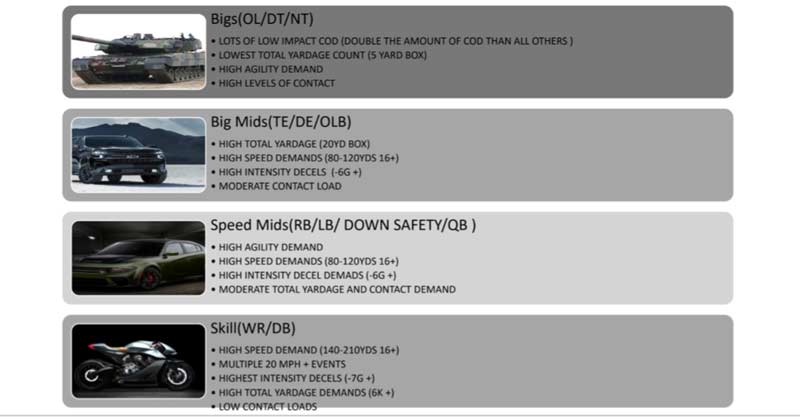
Layered Approach
When looking at programming drills and progressions, end-game goals must be at the forefront: to produce faster, more accurate versions of game play and players that are robust and resilient to injuries. Programming is very much like entering a desired destination into a GPS—you have to know where you’re currently located and where you want to end up. Coaches who layer drill progressions that lead to SSGs can avoid an issue that was a theme of the previous two articles on SSGs—just throwing athletes directly into completely chaotic training without the appropriate build-up.
There are three themes when training and teaching skills that will be exemplified in play:
- Block
- Serial
- Chaotic
Block Sessions
These have very specific and targeted teaching elements. There’s not much variation, and they’re very “fundamental” driven. These sessions are meant for developing very general skills such as:
- Acceleration
- Deceleration
- Max speed
- COD
The game of football is extremely complex, and many biomotor abilities contribute to an athlete’s success. All football players experience these movement demands in some capacity (proportioned differently based on position). These movement signatures are seen in every play, at every position. The ability to express these movement demands acts as a prerequisite for playing time—without them, the players won’t be able to keep up, no matter how great their reaction times are. These are the athletic foundation that must be increased to help overall performance.
The prescription of these training elements will be built upon the necessity of each positional demand for the four general skills. How much and how far are the biggest considerations in developing the workouts that fall under “Block” sessions. For the off-season, knowing the maximal thresholds of key performance metrics associated with general skills gives coaches the roadmap for where the athlete currently is and their final destination, which is the start of practices in the competitive season.
There has been much written on the majority of these training components, so I will focus on the creation of SSGs, starting with Block COD sessions, but more on the creation of serial and chaotic training sessions.

Block Sessions and COD
Within the scope of change of direction, there are four subcategories that I think distinguish specific plants/cuts and have distinct mechanical stress associated with them:
- 45-degree cut
- 90-degree cut
- 180-degree cut
- Maneuverability
Video 1. 45-degree cut
Video 2. 180-degree cut
Video 3. Maneuverability – curved sprint race
Video 4. Maneuverability – snake sprint race
These four specific change of direction components will be the starting point for any SSG progression. As we develop competency in these movement patterns, we move to a Serial approach, where there is an interweaving of these activities.
Creating block sessions where coaches can teach the biomechanics of these movements not only sets the foundation from a motor ability standpoint but also creates tendon and tissue prep for more intense and higher volume sessions. These block sessions are “closed drills” in that they don’t have any reactionary components. This allows the athletes to focus solely on developing the movement skill emphasized. We don’t want to build a house on sand, so starting with movement competency makes sense before we layer in complexity to the drills.
Our drill dimensions in these block sessions have the most individualized specifications based on the subgroups mentioned above. All groups do a 90-degree roll cut, but our Tanks do it with a 5-yard lead-in versus our Motor Bikes, who have a 15-yard lead-in. It is the same task for both groups, but the Motor Bikes have a higher demand because they experience a far higher entry velocity in game. Matching the demands seen in play will be enforced and kept accurate through the GPS data. Coaches have the athletes’ “dashboards” and should lean on this available information.

Serial Sessions
These contain multiple training targets but are still specific and play on the recall of skill acquisition. One drill may feature a specific general skill that will be called on later in the session in another drill or later in that drill. Serial sessions allow the linking of movements together. An example of a serial drill could be transitioning from sprinting to backpedaling into sprinting again.
Serial sessions allow the linking of movements together. The ability to transition from one movement to another is a highly desired athletic quality, says @CoachJoeyG. Share on XWhen designing this set of drills, the only restrictions are in creativity and specificity. Combining movements in drills will illuminate the retention of the block sessions. The ability to transition from one movement to another is an important and highly desired athletic quality.
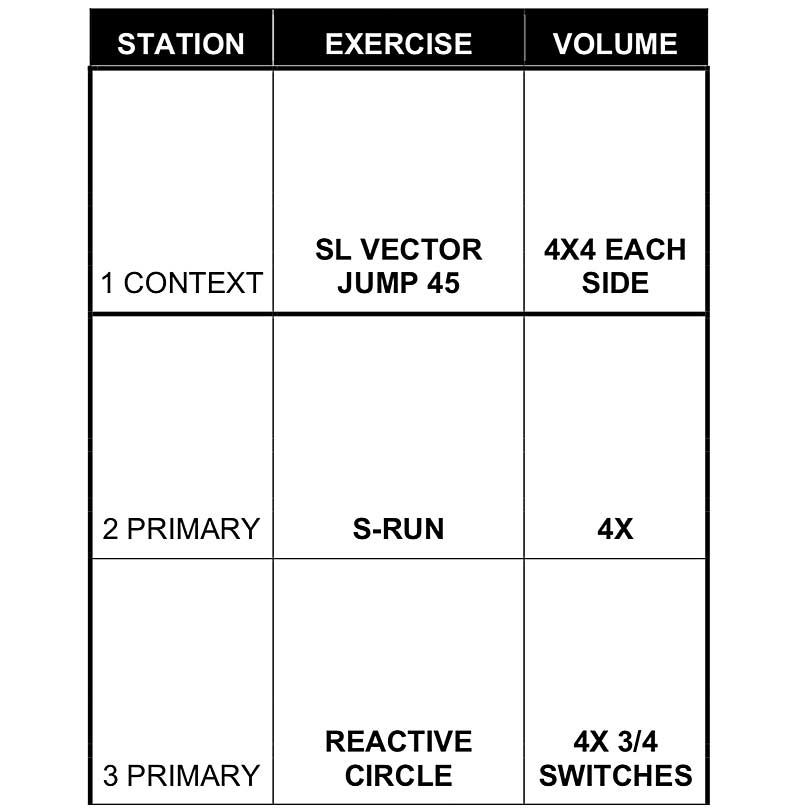
It’s great if an athlete can run 22 mph in a straight line, but the game of football rarely sees players moving in exact angles. Serial training takes movements and enables athletes to make connections that link general skills into the more complex patterns seen in play. These drills are still “closed,” but multiple movements in the drill demand recall and challenge transitions.
Serial drills are the last stop before integration into Chaotic or “Open” drills, where reaction is present. The dimensions of drills will help create specificity in terms of mechanical demands that apply to specific subgroups similar to the block sessions. Particular patterns are still emphasized within the four components of COD.
Video 5. Ricochet drill
Chaotic Sessions
These open and reactive drills shift focus from solely executing the movement with pre-planned timing to making the patterns unpredictable and the sequences random. Adding reactionary components into drills will really reveal how well the players have mastered the movements. The cognitive ability to recall the right motor pattern in less than 300 meters is a skill that increases performance and is trainable. The faster the athlete can flow into better biomechanical positions based on environmental cues, the safer they are from a non-contact injury standpoint.
The faster the athlete can flow into better biomechanical positions based on environmental cues, the safer they are from a non-contact injury standpoint, says @CoachJoeyG. Share on XWe want to build on complexity and challenge movement retention systematically as we travel through the off-season. Coaches can’t just throw players into the final exam on day one of class after reading the syllabus. Learning progressions built into weeks allows the recall of efficient movement patterns and also builds the body’s resilience to the mechanical demands of the drills.
The progression we utilize is:
Block sessions (closed singular-focused), one specific training response targeted.
Video 6. Block session.
Serial sessions (closed multiple-focused), linking of two movement patterns and a test of retention.
Video 7. Serial sessions.
Chaotic singular auditory reaction—verbal reactionary stimulus initiated by the coach to a basic change of direction drill; an example would be adding a switch or directional call.
Video 8. Chaotic, auditory
Chaotic singular visual reaction—visual reactionary stimulus initiated by the coach to a basic change of direction drill; an example would be pointing in the direction.
Video 9. Chaotic, visual.
Chaotic opponent response—reaction based on an offensive player dictating the drill’s tempo, speed, and direction. Still using basic change of direction drills with the opponent stimulus.
Videos 10–11. Chaotic, response.
Chaotic multiple reaction (addition of obstacles, multiple defenders, multiple ball carriers) creates competition areas emphasizing specific situations in games, such as sideline tackles, gap selection, open field tackling, releases, and combat drills.
Video 12. Chaotic.
Restricted game play—1 on 1, 7 on 7.
Videos 13–15. Restricted games.
Actual game play
Video 16. Games.
Position Considerations and Specificity
Now that we’ve pinned down our progression from a modality standpoint, it’s time to discuss individual specificity in the drills dependent upon the subgroups of players. The game of football is pretty simple when you break down underlying fundamentals. The offense tries to create as much space as possible between the ball carrier and defenders, whereas the defense tries to eliminate space and suffocate the ball.
Knowing that certain positions have high open field demands with high reactionary components helps structure the creation of drills. Incorporating evading and tracking through different movement patterns that were emphasized in the serial training block dramatically increases the overall demand and specificity of the drill. With the addition of obstacles, coaches now have a highly complex environment that challenges the athletes’ ability to move and react cognitively in game-like situations.
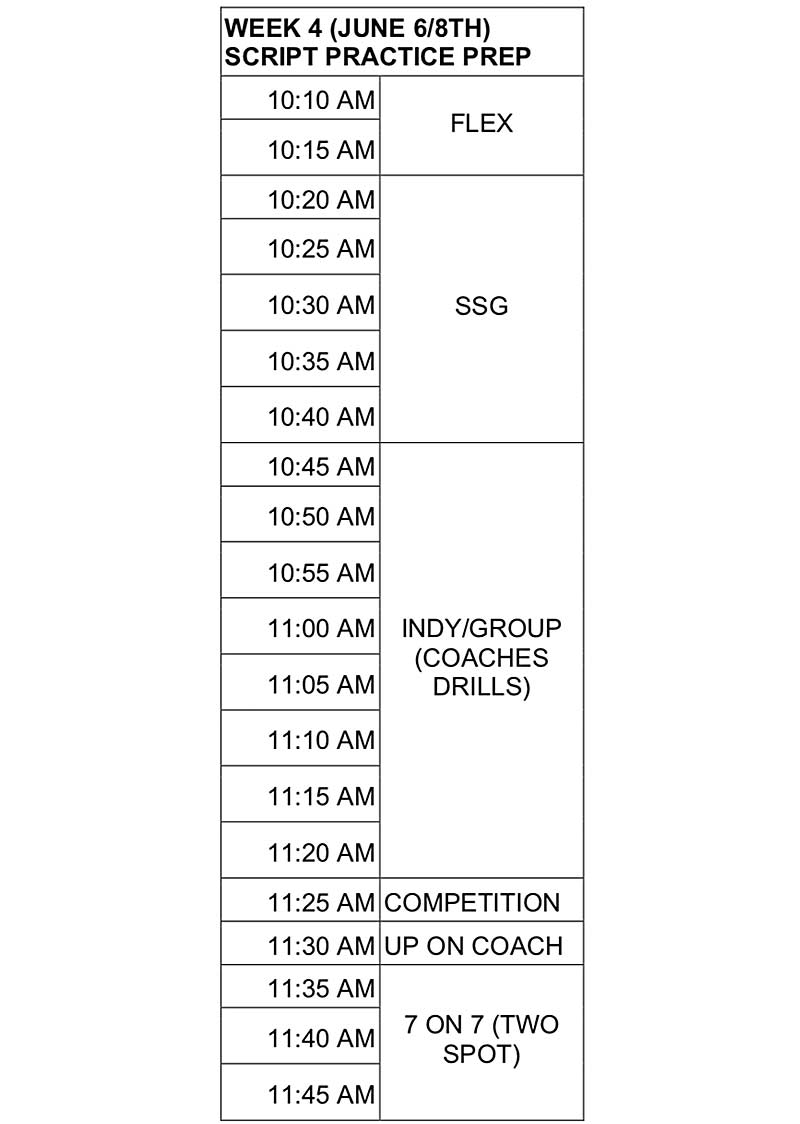
Video 17. Kick-off video
One of the biggest examples of chaotic situations is running down on kick-off. Imagine trying to run across a crowded highway. There are many fast-moving objects looking to take you out while you are running and navigating at high speeds while trying to find the ball carrier, who is actively avoiding you.
Processing information through the OODA loop is crucial and can be trained. The less complexity, the easier it is to cycle through the OODA loop. Adding space and multiple stimuli slows down the OODA loop and requires more time for movement execution. Adding time to plays is a luxury we do not have in game. Therefore, increasing the ability to process is a strategy and training intervention that should take up a good percentage of training. Including additional reactionary components in the drill will drastically increase complexity and provide stimulus overload.
Adding time to plays is a luxury we don’t have in game—therefore, the strategy of increasing the ability to process should take up a good percentage of training, says @CoachJoeyG. Share on XWhen looking at controlling intensity and distances, we try to match the playing area with the subgroup that repeatedly experiences in play:
- Tanks: 5-yard x 5-yard minimal, 15-yard x 15-yard maximal
- Trucks and Hellcats: 10-yard x 10-yard minimal, 30-yard x 20-yard maximal
- Motor Bikes: 10-yard x 10-yard minimal, 40-yard x 20-yard maximal
The playing area and movement requirements help fulfill the mechanical specificity while having the appropriate work-to-rest ratios to prepare for the physiological demands of play. The average play is around 4–6 seconds, so most of our drills are in that range. Special team plays or extended plays have been, on average, in the 8- to 10-second range in duration; we want to provide that stimulus, so we consider allowing drills to run that period by holding the whistle or the distance dictating the work time.
To control rest periods, we break the team into subgroups to manage the wait period at each station. We want to be in the 25- to 40-second rest period range because that is the average time between plays. We add or subtract players out of groups and make more groups to allow for shorter rest periods. Junk yardage, such as sub 4 mph and walking volume, needs to be taken into consideration as well, and we get a lot of this volume in the transitions from drill to drill. In a given practice, there can be up to 3k worth of junk yards, so spacing between stations aids in accumulating junk yards.
The time between stations is also planned and progressed. It starts at two minutes and 30 seconds and drops to one minute and 30 seconds as the training year advances. This simulates the average rest periods between series in games and practices.
Video 18. Collision
Drilling Down on the “How”
We have covered the what, why, and how. In the final piece of this series, we will cover the where—which may be the biggest piece of the puzzle since training complexity and compatibility are key components to increasing performance.
SSGs provide many training responses that bridge the gap between general and specific training. Injury reduction and faster game play accompany the addition of this training. Using GPS and subgrouping the team adds the positional distinctions that prepare players for the demands of game play.
Since you’re here…
…we have a small favor to ask. More people are reading SimpliFaster than ever, and each week we bring you compelling content from coaches, sport scientists, and physiotherapists who are devoted to building better athletes. Please take a moment to share the articles on social media, engage the authors with questions and comments below, and link to articles when appropriate if you have a blog or participate on forums of related topics. — SF

